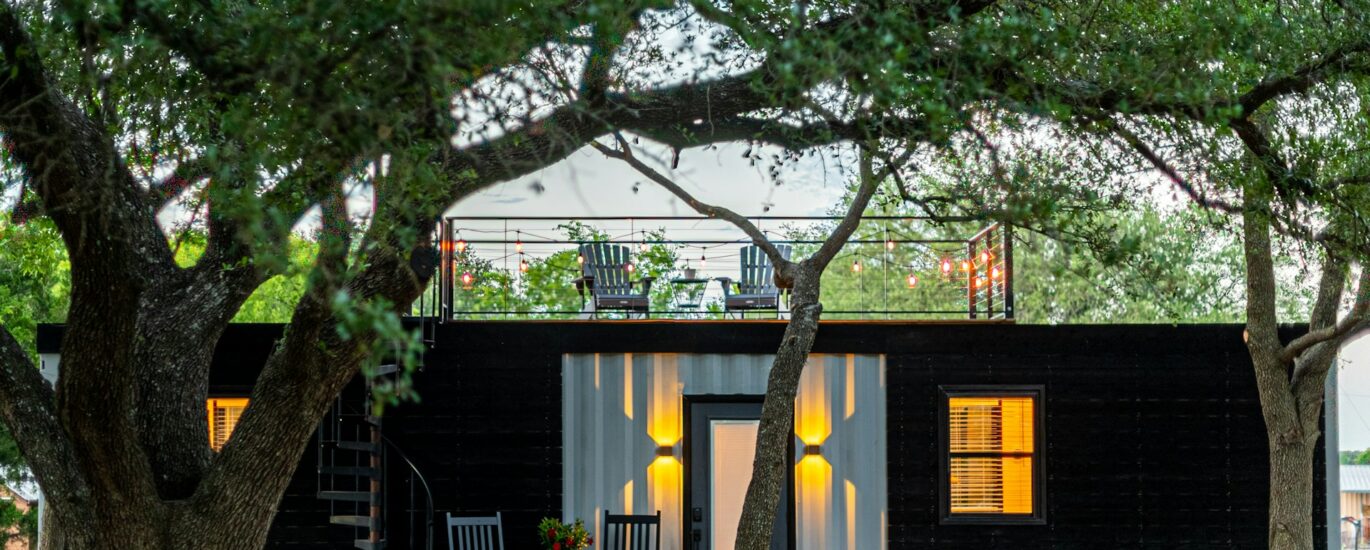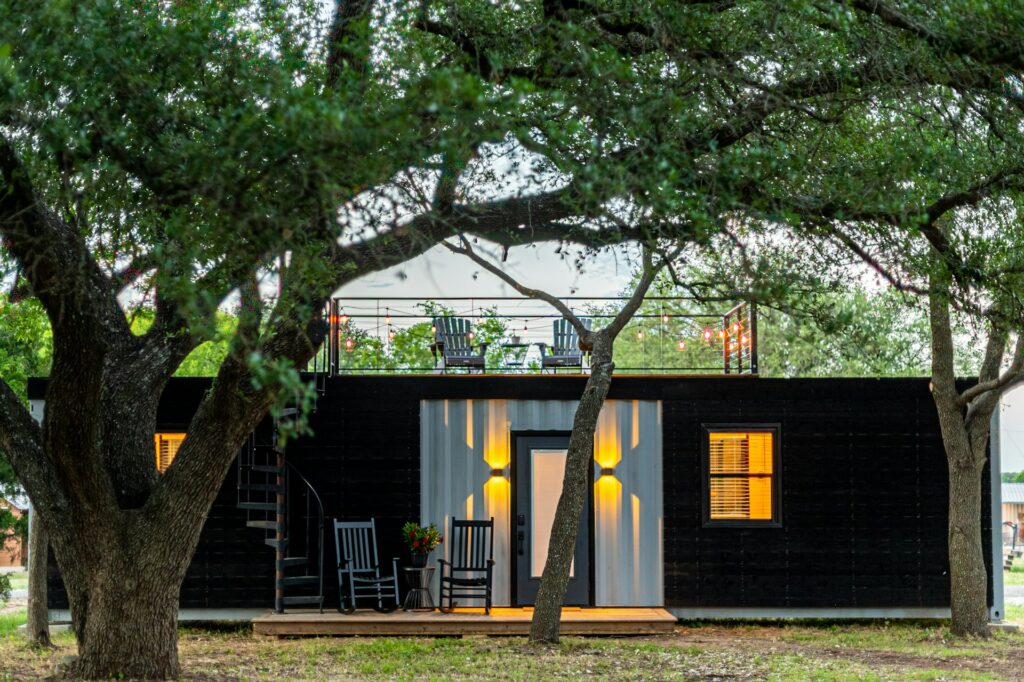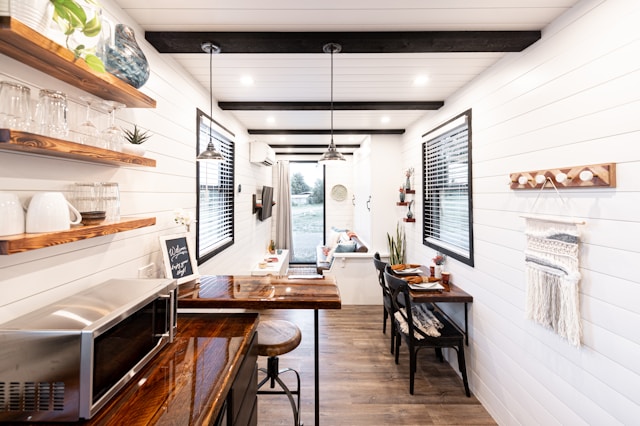Around the world, buying a house has become tougher than ever. Prices are sky-high, and for many, the dream of owning a big home seems out of reach. But have you heard about the tiny home movement? Tiny homes are exactly what they sound like, small but perfectly formed houses that offer everything you need in a much smaller space.
This trend isn’t just about downsizing for the fun of it. It’s a creative answer to the big question: how can we afford to live comfortably in today’s world? With less space to heat, cool, and maintain, tiny homes are kinder to your wallet and the planet. Plus, they encourage a simpler way of life, helping us focus on what really matters.
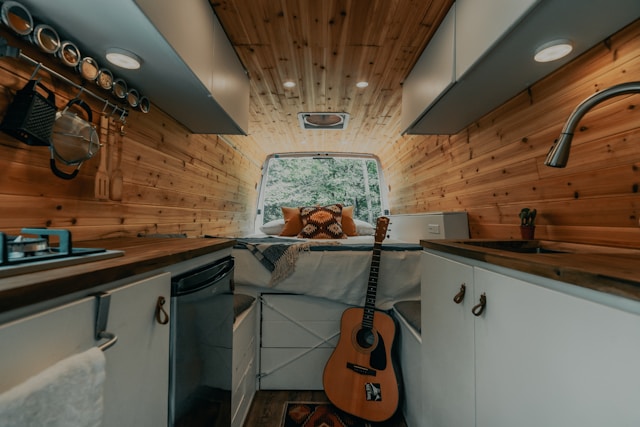
The Tiny Homes Movement Across The Globe
The idea of living in tiny homes is catching on all around the globe, and there are some pretty interesting reasons why. First off, let’s talk about what’s making this trend grow. People everywhere are looking for ways to live that don’t break the bank, and tiny homes can be a lot more affordable than traditional houses.
Another big reason for the popularity of tiny homes is that they’re seen as being kinder to the planet. Because they’re smaller, they use less energy to heat and cool, and they often use materials that are better for the environment. This makes them a win-win for people looking to save money and be more eco-friendly.
Now, where is this trend popping up? It’s not just in one place; it’s happening all over. In countries like the United States and Canada, more and more people are choosing to live in tiny homes. But it’s not just a Western thing. In rural areas of Latin America and Africa, living in smaller spaces has been a way of life for a long time. What’s new is how people in these areas are getting creative with their small homes, making them comfortable and stylish in ways that fit their needs and cultures.
What is Driving the Tiny Home Trend?
Why are tiny homes becoming so popular? The answer is pretty straightforward and revolves around economic realities and personal lifestyle choices.
On the economic front, the cost of buying or renting a traditional home has skyrocketed, making it difficult for many to afford. Tiny homes are a budget-friendly solution, drastically cutting down the costs associated with purchasing and maintaining a home. This financial advantage offers people the freedom to spend their money on other aspects of life that they value more, be it travel, hobbies, or saving for the future.
Lifestyle preferences play a huge role, too. There’s a growing appetite for living simply and reducing environmental footprints. Tiny homes, with their minimalistic approach, align perfectly with this desire. They encourage living with less, which not only helps in cutting down unnecessary clutter but also supports a more sustainable way of life. Plus, the compact nature of tiny homes creates a sense of community, especially when they’re part of tiny home villages, creating a close-knit environment that larger homes or neighborhoods might lack.
The Downside of Tiny Homes
Tiny living may sound good, but it’s not without its challenges. Living in a tiny home means you have less space, which can get tricky if you have a family or pets or just want more room to stretch out. There are also legal issues to think about, like zoning laws, which can vary from place to place and might limit where you can put your tiny home. Plus, the big move to downsize and live minimally isn’t easy for everyone. It’s a big change that can take a toll mentally and emotionally, as it means parting with many possessions and adjusting to a simpler lifestyle.
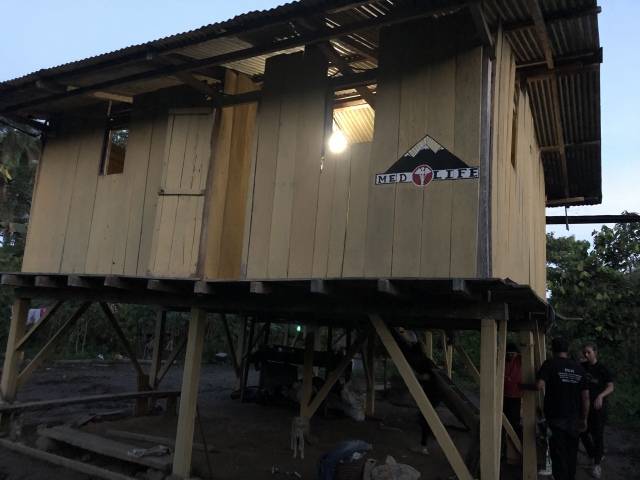
From Trend to Tradition: The Global View on Tiny Living
In the West, tiny homes are often seen as a fresh and innovative solution to the housing crisis. For many, choosing to live in a tiny home is either a way to escape the high costs of traditional housing or a lifestyle choice that prioritizes minimalism and sustainability. However, this trend can also be a necessary compromise for those who find themselves priced out of the conventional housing market. It’s a mix of enthusiasm for a simpler way of life and the harsh reality of economic pressures, reflecting a shift in how people view home ownership and the value of living space.
Meanwhile, in rural areas of Latin America and Africa, small homes have long been a part of the cultural landscape. Here, living in a smaller space doesn’t carry the same novelty or sense of compromise as it does in the West. Instead, it aligns with longstanding traditions and is often seen as a privileged choice within the context of community and familial closeness. These contrasting perspectives highlight how cultural values and economic circumstances shape our understanding of what it means to have a ‘home.’ While tiny homes present a practical response to housing issues in some parts of the world, in others, they resonate with deeper cultural practices and ideals about living simply and sustainably.
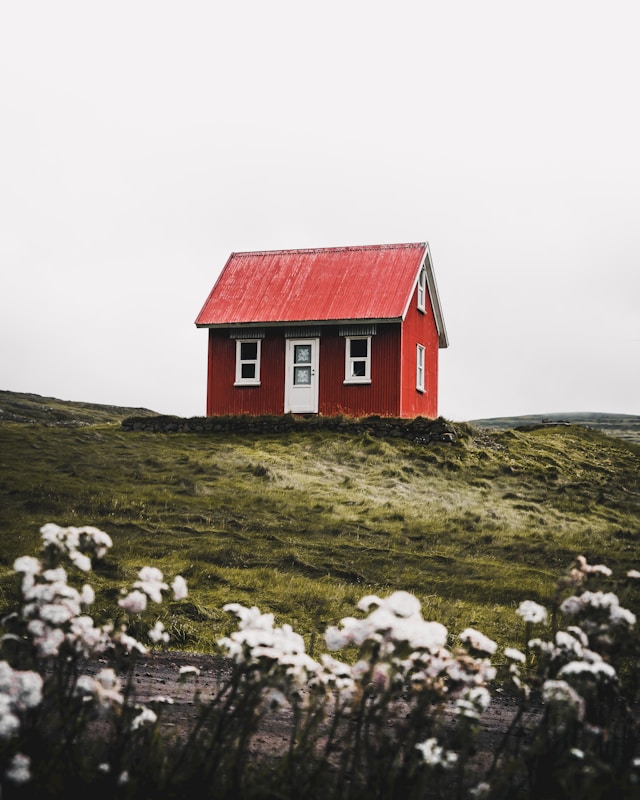
The Future of Tiny Homes
Tiny homes hold a promising future in tackling housing instability, offering a versatile solution that can be adapted for both urban and rural settings. Urban development plans increasingly recognize the value of tiny homes in maximizing limited space, providing affordable housing options, and supporting sustainable living practices. In rural areas, tiny homes can enhance community development while maintaining a low environmental footprint. The growth of this movement hinges on innovative designs that make small living spaces more comfortable, functional, and appealing, addressing the diverse needs of individuals and families.
However, realizing the full potential of tiny homes requires more than just architectural creativity. Policy changes and societal acceptance are crucial for integrating tiny homes into the mainstream housing market. This means revising zoning laws, building codes, and property taxes to accommodate and encourage tiny living. Additionally, a cultural shift towards valuing simplicity, sustainability, and community over size and material wealth will play a key role in making tiny homes a viable and accepted option for more people. As society continues to evolve, tiny homes offer a flexible and sustainable pathway towards addressing the complex challenge of housing instability.
The Safer Homes Movement - Paving the Way for Housing Solutions
The tiny home movement holds a lot of promise in addressing housing challenges globally. This movement supports affordability, sustainability, and community, aligning with the Safe Homes Movement’s mission. Spearheaded by MEDLIFE, Safe Homes emphasizes that access to secure housing is a fundamental right, transforming lives in Peru and Ecuador through essential infrastructure projects.
The tiny home movement, alongside initiatives like Safe Homes, proves the potential for innovative housing solutions. As we look to the future, these approaches encourage us to think differently about housing, prioritizing inclusivity and adaptability. For a deeper dive into how you can join the effort towards sustainable housing, download the Safe Homes brochure. Let’s embrace this shift towards a world where everyone has a safe, sustainable place to call home!


